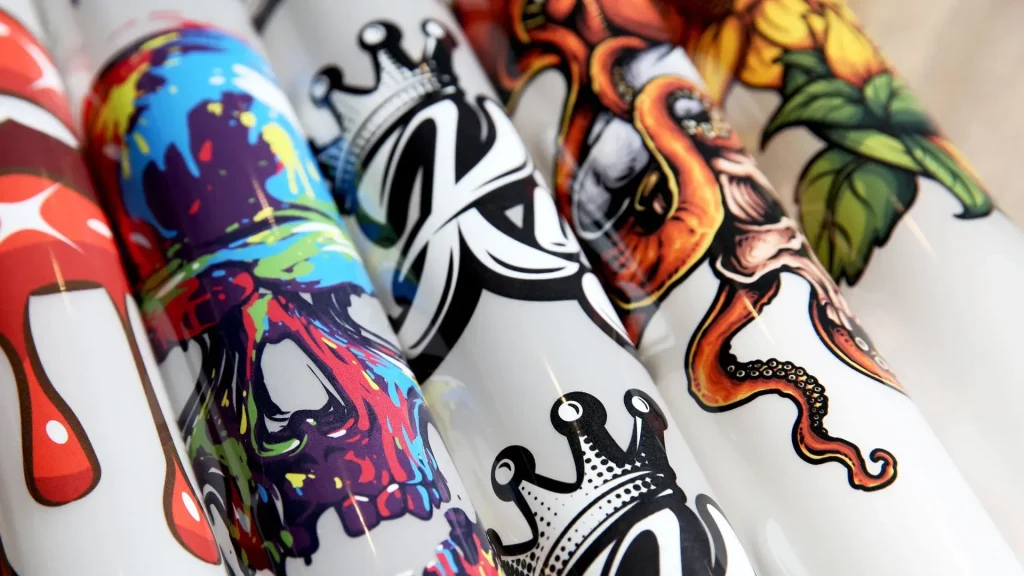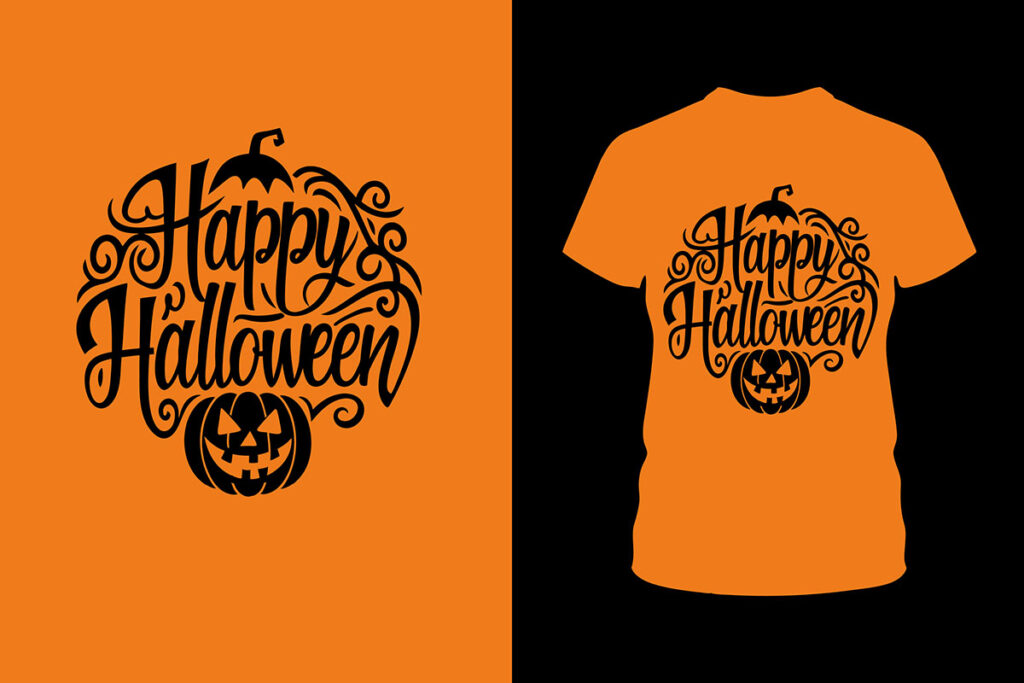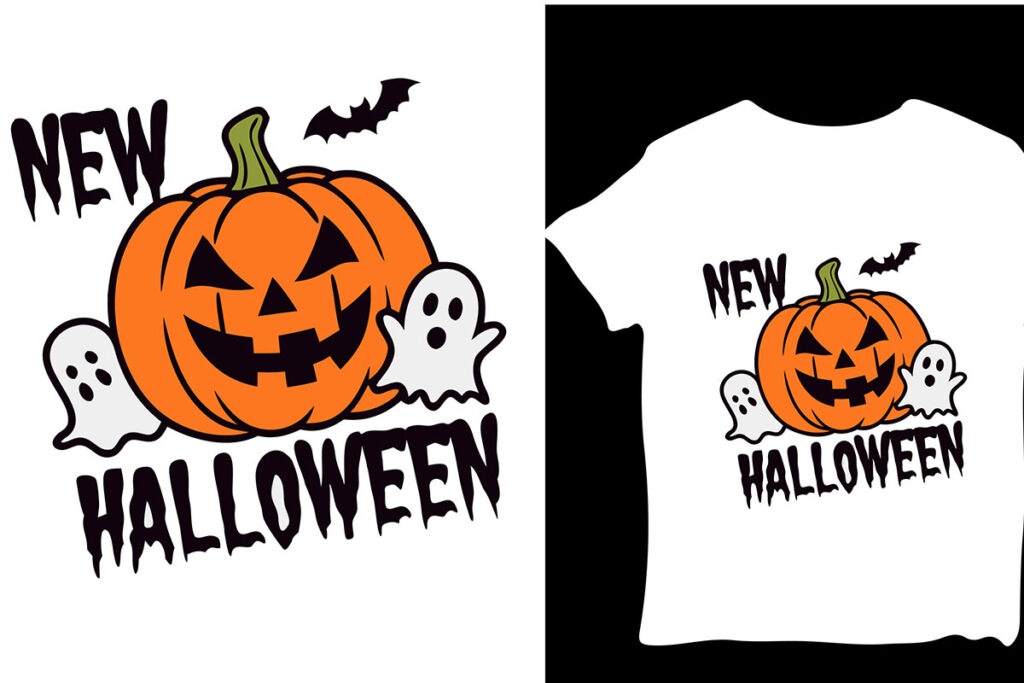DTF transfers, or direct-to-film transfers, are transforming the landscape of custom T-shirt printing by providing a versatile and high-quality solution for apparel design. This innovative DTF printing method allows designers to achieve stunning and vibrant graphics on various fabric types, including cotton and polyester. With its ability to produce intricate details, DTF transfers cater to both professional designers and DIY enthusiasts alike, making it a preferred choice for T-shirt design. In this guide, we’ll delve into the essentials of using DTF transfers, exploring their benefits and offering step-by-step instructions for application. Get ready to elevate your custom T-shirt printing game with the remarkable capabilities of DTF technology!
In the realm of custom apparel solutions, direct-to-film technologies are gaining traction as a game-changing approach for T-shirt design enthusiasts. Known for their ability to deliver vivid and detailed prints, these innovative transfer methods cater to a wide range of fabric options, enhancing the versatility of apparel printing. The emergence of DTF transfer systems is providing businesses and individual creators with new opportunities to produce high-quality designs without the complexities traditionally associated with other printing techniques. Whether you’re working on a small project or a larger scale production, understanding these modern printing methods can lead to impressive outcomes that captivate consumers.
Understanding the Basics of DTF Printing
Direct-to-Film (DTF) printing is not just another trend in the world of custom T-shirt printing; it’s a game changer. This innovative approach uses a unique printing method that helps in achieving stunning designs by transferring high-quality graphics directly onto fabrics. It bridges the gap between traditional screen printing and newer digital methods, making it possible to create detailed and vibrant images that stand out. Knowing the fundamentals of DTF transfers is essential for both novice and experienced designers, paving the way for exciting apparel printing opportunities.
In practical terms, DTF involves creating a design, printing it onto a specialized film, and then transferring that design onto a garment using heat and pressure. This process ensures that even the smallest details of the design are perfectly captured, resulting in eye-catching T-shirt designs that retain their quality over time. The versatility of DTF printing allows it to be adapted for various fabrics, from cotton to more complex blends, making it a fantastic choice for custom clothing brands looking to make their mark.
Advantages of Using DTF Transfers in Apparel
The use of DTF transfers comes with a myriad of advantages that cater to both small-scale workshops and large production setups. One of the standout benefits is versatility—DTF transfers can seamlessly adhere to various fabric compositions, whether it’s cotton, polyester, or blends. This adaptability means that designers don’t have to limit their creativity based on fabric type. Regardless of whether they are creating bold designs for dark T-shirts or intricate patterns for lighter materials, DTF ensures a durable and vibrant output.
Moreover, the durability of DTF prints is a significant factor that sets them apart from traditional methods. Once the design is transferred successfully, it resists fading and cracking even after numerous washes, which is crucial for items that are intended to be worn frequently. This level of resilience not only provides consumers with high-quality apparel but also enhances the credibility and reputation of custom T-shirt printing businesses.
A Step-by-Step Guide to DTF Transfer Application
Using DTF transfers can seem daunting at first, but breaking it down into steps makes it quite manageable. Start by creating your design through proficient graphic design software like Adobe Illustrator. The key is to ensure that the design aligns with the intended fabric’s color and texture for maximum impact. Once your design is finalized, the next step involves printing it onto a specialized film using a DTF printer, a process that guarantees clarity and vibrancy, especially with settings adjusted for high resolution.
After printing, sprinkling DTF adhesive powder onto the wet ink is crucial for a successful transfer. This step plays a significant role in ensuring that the design adheres properly to the fabric during the heat application process. Once that’s set, using a heat press to bond the design to your chosen garment completes the process. This method not only produces professional-grade apparel but also allows for customization on demand, giving brands flexibility in their offerings.
Recent Innovations in DTF Technology
As DTF printing technology advances, it incorporates trends that significantly enhance the quality and efficiency of the printing process. Recent innovations focus on enhancing both the ink formulations and adhesive powders, which ultimately result in more reliable transfers that hold up over time. Additionally, many of these advancements aim to produce eco-friendly solutions, meeting the demands of environmentally conscious consumers, thus making DTF printing not just modern but sustainable.
The development of faster, more efficient DTF printers has also emerged, enabling quicker turnaround times for custom T-shirt printing without sacrificing quality. This is particularly beneficial for businesses that need to meet high-volume orders while keeping a keen eye on detail. With these continuous advancements, DTF printing remains at the forefront of custom apparel technologies, inviting designers to explore limitless opportunities in T-shirt design.
Mastering Design Creation for DTF Transfers
Creating impactful designs for DTF transfers is an art that combines creativity and technical skill. Designers should harness graphic design tools to experiment with textures, gradients, and vibrant color palettes that will look appealing when printed. It’s essential to consider the fabric’s characteristics, color, and intended use during the design phase to ensure the final product looks cohesive and attracts the right audience. The flexibility of DTF printing allows designers to explore intricate patterns or bold concepts that reflect current trends.
Moreover, paying attention to the resolution and format of the design is crucial. A high DPI (dots per inch) is necessary for clarity and vibrancy in the final print, with many designers opting for a resolution of at least 300 DPI. This meticulous attention to detail during the design creation process translates to stunning T-shirt designs that truly stand out in a competitive market. From custom T-shirts aimed at special events to branding apparel, mastering design creation is key to leveraging the power of DTF transfers effectively.
The Future of DTF Printing in Custom Apparel
The future of DTF printing looks incredibly promising as technological advancements continue to reshape the landscape of custom apparel. As more designers and brands recognize the benefits of DTF transfers—such as ease of use, high-quality results, and versatility—we can expect a surge in its application across various clothing lines. The rapid evolution of materials and printing technology will likely lead to even more innovative uses in T-shirt design, allowing for richer textures and effects that were previously unattainable.
Furthermore, as sustainability becomes an ever-increasing concern within the fashion and apparel industry, DTF printing’s advancements in eco-friendly practices will play a significant role in its adoption. The integration of organic inks and recyclable materials will cater to a growing market that seeks both quality and responsibility in their purchases, pushing DTF printing to the forefront of environmentally friendly custom T-shirt production. Designers and businesses embracing these trends will be well-positioned to meet consumer demands in the years to come.
Frequently Asked Questions
What are DTF Transfers and how do they work for custom T-shirt printing?
DTF transfers, or Direct-to-Film transfers, are a modern printing method used in custom T-shirt printing. This technique involves printing designs onto a film, applying an adhesive powder, and using a heat press to transfer the design onto various fabric types. The process ensures high-quality, durable prints that are vibrant and capable of adhering to both dark and light fabrics.
What are the main benefits of using DTF printing for T-shirt design?
DTF printing offers key benefits for T-shirt design, including versatility across fabric types (cotton, polyester, blends), exceptional color vibrancy and detail, durability against wear and fading, and ease of use compared to traditional methods like screen printing. This makes DTF transfers a popular choice for custom apparel printing.
How do you prepare a design for DTF Transfers in T-shirt printing?
To prepare a design for DTF transfers, start by using graphic design software like Adobe Illustrator or CorelDRAW to create your artwork. Ensure that your design takes into account the fabric color and texture, and configure your printer settings for optimal quality, typically at a resolution of around 300 DPI to ensure clarity and vivid colors in your T-shirt design.
Can DTF Transfers be used on different fabric types?
Yes, DTF transfers are highly versatile and can be used on a variety of fabric types, including cotton, polyester, and fabric blends. This capability allows for wide-ranging applications in T-shirt design, making it suitable for both light and dark fabrics seamlessly.
What is the durability of prints made using DTF Transfers?
Prints made using DTF transfers are known for their impressive durability. They resist cracking and fading, even after multiple washes, ensuring that your custom T-shirt designs maintain their quality and vibrancy over time. This makes DTF printing an excellent choice for apparel intended for frequent wear.
What recent developments have been made in DTF technology?
Recent advancements in DTF technology include improved ink formulations and adhesive powders that enhance reliability and printing quality. Additionally, there is a growing focus on eco-friendly practices within DTF printing, making it an increasingly attractive option for environmentally conscious consumers looking for sustainable custom T-shirt solutions.
| Key Point | Description |
|---|---|
| Versatility | Adheres to various fabrics including cotton, polyester, and blends, effective on both dark and light colors. |
| Vivid Colors and Detail | Produces full-color prints with intricate details, superior color vibrancy compared to traditional methods. |
| Durability | Withstands wear and tear, resistant to cracking and fading, ensuring long-lasting apparel. |
| Ease of Use | Simple to apply using a heat press, making it accessible for small businesses and crafters. |
Summary
DTF Transfers have revolutionized the custom apparel industry, providing an innovative solution for T-shirt designs that are both stunning and durable. This method allows creators to benefit from versatility across various fabric types as well as vibrant color output that showcases intricate details. Beyond aesthetics, the ease of use and longevity of DTF prints make them ideal for various users, from professionals to DIY enthusiasts. With continuing advancements in technologies related to DTF Transfers, this printing method is poised to become even more popular among those looking to elevate their apparel design game.



